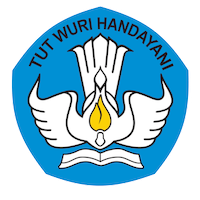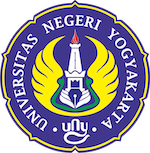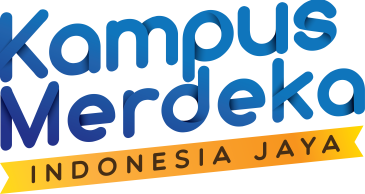Technology and linguistic fields always go side by side. Technology provides a lot of convenience in the work of linguistics. In contrast, the linguistic field provides value from technological development. That is the explanation from Prof. James T. Collins in the Guest Lecture program in front of UNY FBS students, Wednesday (10/17/2018). In his presentation, the Professor in Malay-Polynesian Linguistics delivered a lecture entitled "Language, Linguistics, and Technologies: Innovations and Continuities."
"In a historical review, the field of linguistics began to develop rapidly since Johannes Gensfleisch zur Laden zum Gutenberg (1398 - 1468) invented the printing press in 1450. Since then, printed books and linguistic fields have developed more rapidly," said lecturer and researcher from the University Malaysian nationality. When in 1868 Christopher Sholes invented a typewriter, linguists were increasingly helped in his research work. When the technology of the twentieth century developed very rapidly, the linguistic field also accompanied it. "Between technology and linguistics, symbiotic relationships have been established for a long time," explained the researcher of dialects in Indonesia, especially in the Maluku, Kalimantan, Peninsular Malaysia and Sarawak regions.
The presence of Prof. James T. Collins is a follow-up collaboration between FBS UNY and Universiti Kebangsaan Malaysia (UKM) in developing the quality of higher education. In addition to giving a public lecture in front of students, the professor in linguistics also gave a presentation in a discussion forum of UNY FBS linguistics lecturers in the Second Floor Meeting Room, PLA Building FBS UNY. The headings raised in the discussion were "Language Revitalization and Community Employment".
"Indonesia has more than 720 regional languages that must be revitalized," said James T. Collins, starting the discussion. The number of languages as much as that is the wealth that must be maintained. If there is no revitalization work and also documentation, it is feared that the cultural wealth will be lost





